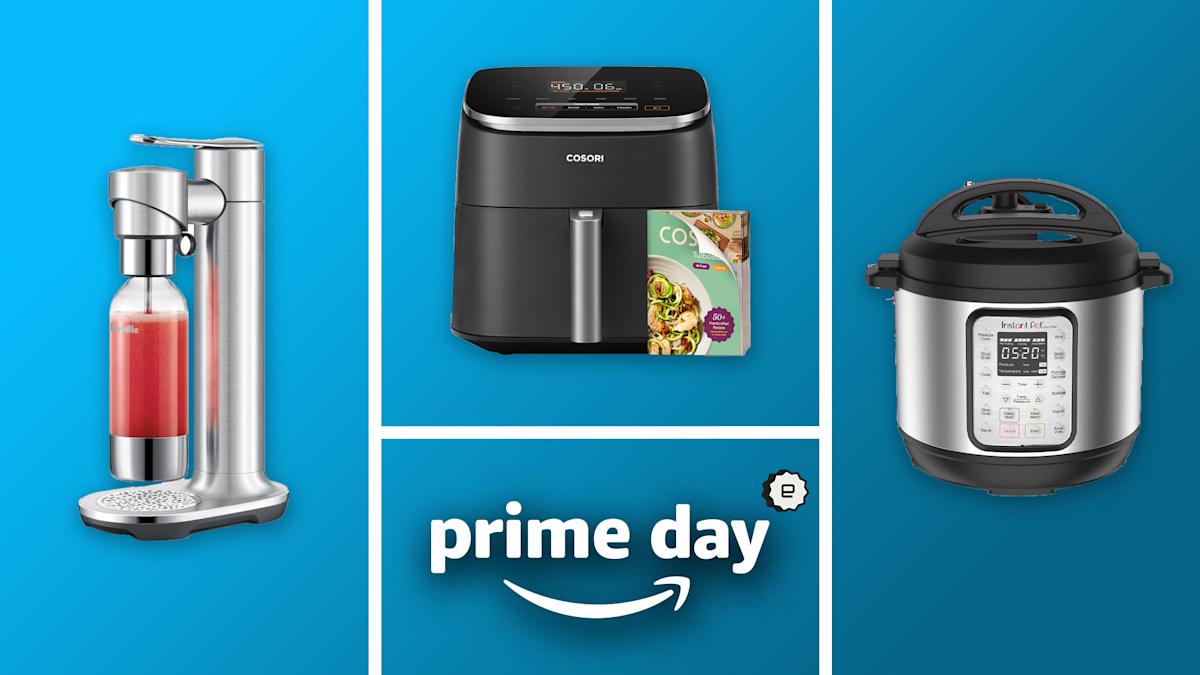
The experts both stress: it’s not protein that’s the problem, it’s the way we’re eating it, pairing it and digesting it. Chawla dismantles each one with ease. Whey is from milk. Pea protein is from peas. If your paneer isn’t doing its job, it’s not a sign to ditch protein—it’s your gut asking for a reset. “Your gut and protein share a bro-code,” she says. “When they get along, they go a long way. When they don’t, it is when we get bloated, suffer with gas and constipation.”
Food-wise, the options are not as beige as you think. Adnani swears by chickpeas: “the little black dress of protein, chic enough for both chaat and hummus.” She layers in rajma, paneer, yoghurt, tofu, quinoa, nuts, seeds and even a well-sourced plant-based or whey powder when you think you don’t have the time to do it all. Chawla swears by organic eggs, chicken, fish and plant-based sources like pea or hemp protein, but she’s clear on one thing: no brownie points for milk tea and paneer.
Getting adequate protein is about rhythm over rush, letting your body get steady hits through the day. A latte in the morning, dal at dinner, protein woven through your day. “Even distribution, 20–30 grams per meal, maximises absorption for repair and glow,” says Adnani. Chawla suggests the same too: “Morning, mid-morning, pre- and post-workout, in mains, even with collagen.”
And if you’ve ever wondered why your serums don’t seem to be working according to the promises stamped on their bottles, Adnani has a blunt reminder: without protein, even the most high-tech skincare has nothing to hold on to. “Protein is the canvas, skincare is the paint. Without the canvas, the art won’t stick.”
The truth is, protein won’t ever feel as glamorous as a fancy-led ingredient cream or as instantly gratifying as evening chai. But answer the question of how much protein do women need with care, give it space on your plate and in your day, and it pays you back; in steadier energy, stronger bones, better moods, and skin and hair that look like they’re looked after from within, no matter your age.
Disclaimer: This article is for educational purposes with inputs from experts. Consult your healthcare provider to find what works best for your needs.







